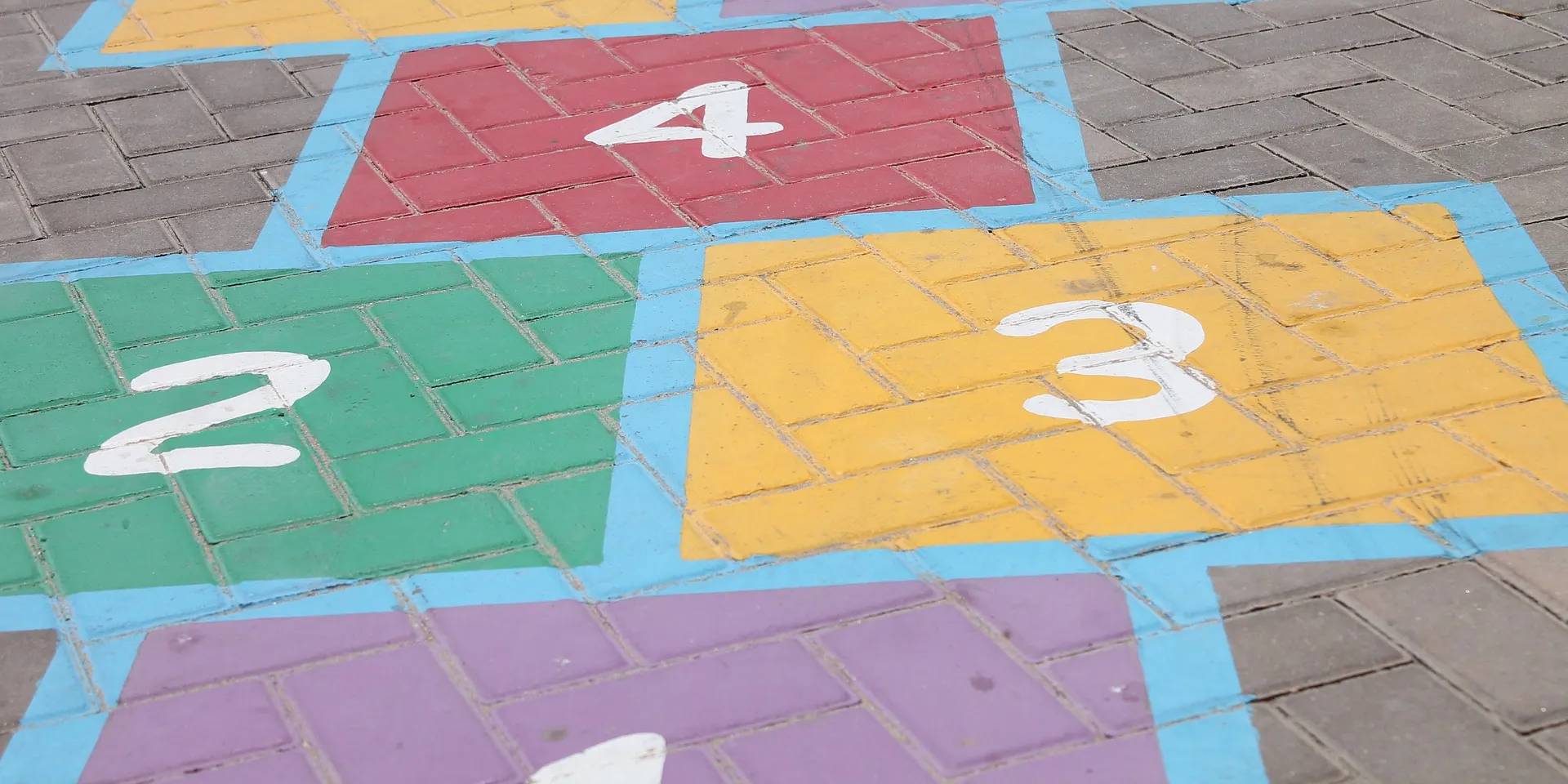Prioritising workloads operates differently in a non-hierarchical organisation. When there’s no chain of command, all prioritisation comes out of shared agreement.
We recently blogged about how we’re developing decision making mechanisms we use to function more equitably. As our mechanisms improved, we realised that we were applying them to decisions small and large, urgent and inconsequential. Given that decisions generally take more time, we thought that we should start to treat them more like the internal projects we carry out to improve our co-operative. In short — what makes something a priority, and how can we judge that as a co-operative?
When our co-operative was smaller, we tended to rely on loose agreement and consensus to prioritise internal tasks. As we’ve grown in numbers, we’ve realised that a flat structure doesn’t automatically mean the elimination of power structures — which also exist in more informal ways and can be hard to pin down.
Without clear processes, our internal projects still get chosen to be worked on (or not) — but there’s a lack of clarity around how this happens. Creating a prioritisation process is intended to help people be confident that their idea will receive equal consideration if it follows a well-documented process, has support, and is advocated for using broadly-agreed criteria — whether they’ve worked for the co-operative for five years, or five minutes.
In this blog post, we share some tools we’re using to find agreement in the co-operative about our collective priorities. How important is reviewing our redundancy policy, versus introducing measures to relieve staff stress during a pandemic? How urgent or important is centralising staff details? Is rubber-stamping our business strategy a good way to spend our time at the moment?
Understanding that there needs to be space and processes that can handle ambiguity and tension allows us to mature as an organisation. Much like our work on decision making mechanisms, we see developing the processes to deal with such questions as a way to make our co-operative more equitable and efficient.
Writing things down
Writing things down helps us make things visible, consider their importance, and reflect on these processes as we iterate through them.
We’ve created a Kanban board that helps us to be clearer about what we need to do — moving us away from a vague list of stuff in our heads towards visible, actionable projects. Crucially, we can see everything in one place — what we’re working on, what’s coming up, and what we’ve decided to leave until another time. For the first time, we can see all of the ideas that are on the table, choose which to pursue, and define when we think a project is finished.
During our quarterly get-togethers we get a sense of where we want our priorities to be, as we discuss our work, the internal state of the co-operative and the state of the world. In light of this we reassess the projects on the Kanban board: those that are in progress (and have a free pass to continue apart from exceptional circumstances), those that people have proposed and those that may have hit a dead-end or that we want to shelve.
We aim to prioritise our backlog of projects and make sure that the workload is manageable. As the months roll on we review the board in a fortnightly meeting so that we all know the status of in-progress projects, see what we have in the backlog, and where the entire attention of the co-operative will next be required.
Mechanisms and Levers
We think of the push/pull factors that help us work out our priorities as levers. Much like our work on decision making mechanisms, developing our vocabulary around prioritisation helps us understand how we work.
In our fortnightly meetings we check in on our projects, and we reassess our overall priorities every quarter when we get together for our meet-ups. Some of the factors that act as ‘levers’ to move projects up the priority queue are:
- Does this project contribute to our cooperative’s strategy and fit with the principles of a workers co-operative?
- How will this project impact our co-operative — economically, socially and from an operational perspective?
- Do we have the time to see this project through at the moment?
- Does the project need the attention of all members of our co-operative at any point?
- How much risk is involved — and does this risk come from action or inaction?
Good enough for now, safe enough to try
Understanding prioritisation is a process of slowly condensing our working practices into a coherent system — one that is a little more ordered, but still allows flexibility.
For the first five years, our co-operative worked effectively without members seeing the direct need to construct an overarching strategy. As we grow, we’ve started to develop a strategy — and think about how we anchor our projects and working practices to it.
We recognise that there is safety in clear, shared mechanisms that help us prioritise projects in a way that is transparent and fair. At the same time, we’re cautious of over-engineering the solution. It’s a constant process of reviewing and refining how we work in order to improve.
What’s Next?
As we mature as an organisation, we’ll encounter new challenges and devise new projects to prioritise, which will help us to develop a deeper understanding of where our processes need to be improved. Thinking about prioritisation takes time — but we’ve found that the benefits of developing our processes are worth the cost.
We’re currently focusing on better understanding the way we use levers to decide what makes something a priority — which inspired us to share our work in this blog post.
In a future post, we’ll be writing about how we think these processes can be used alongside decision making mechanisms in data standards design and governance.
